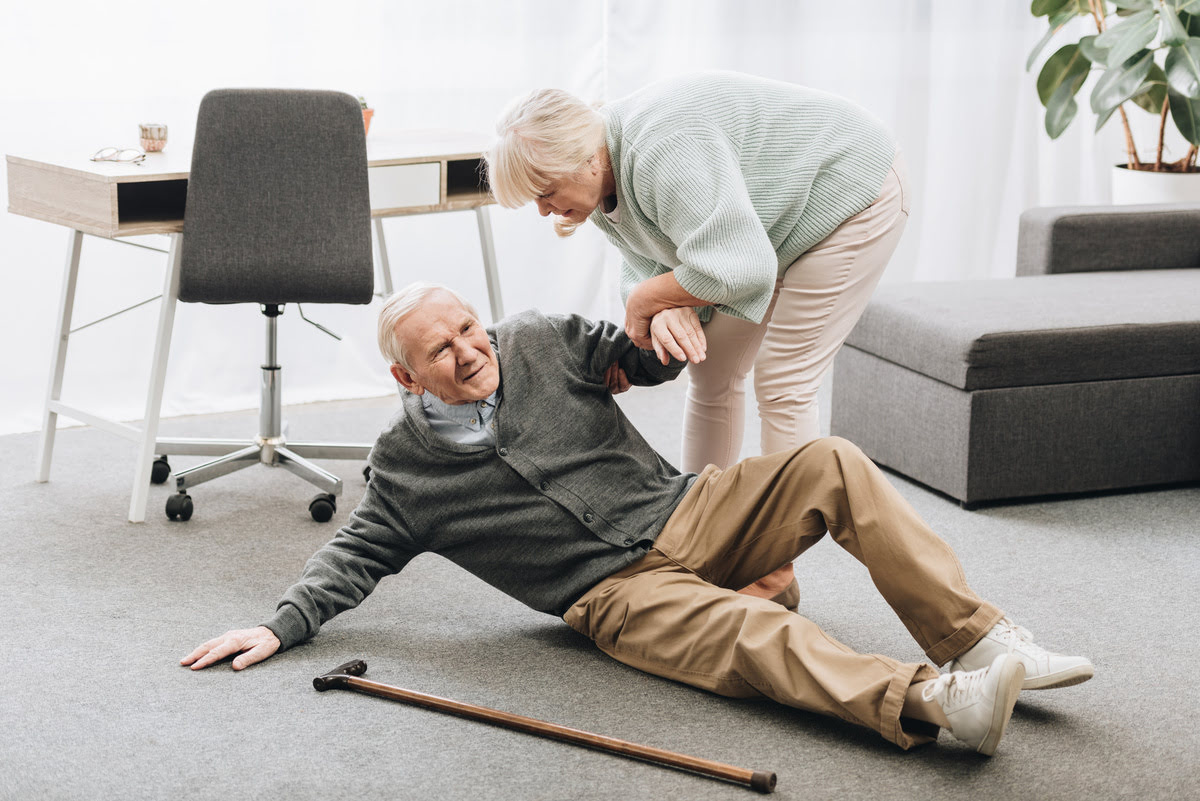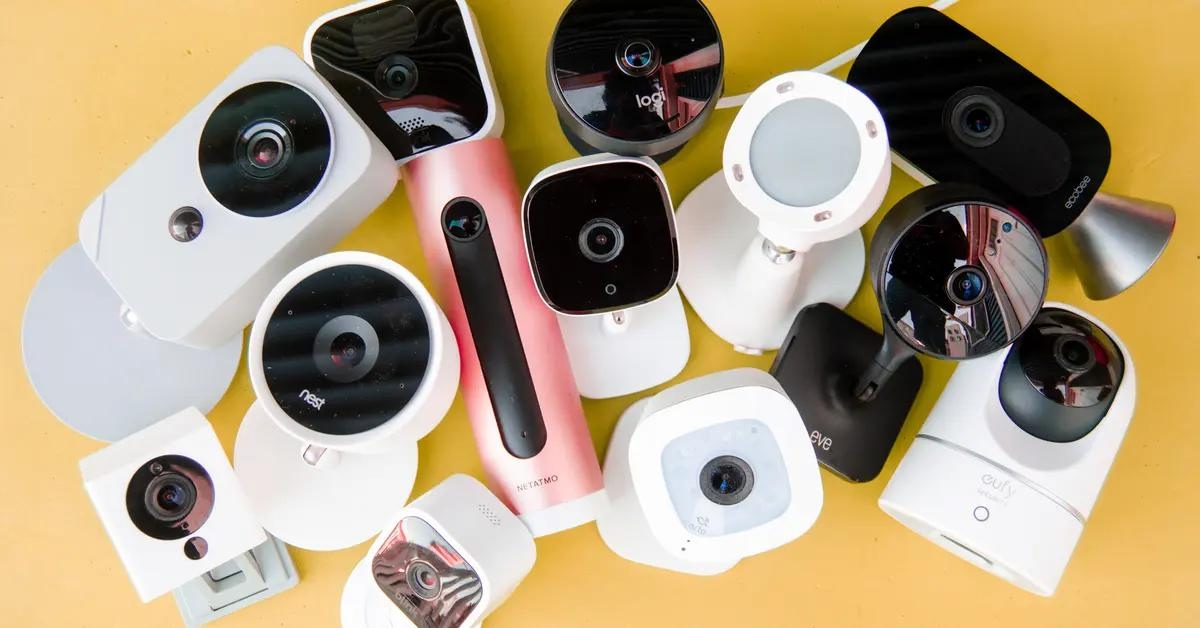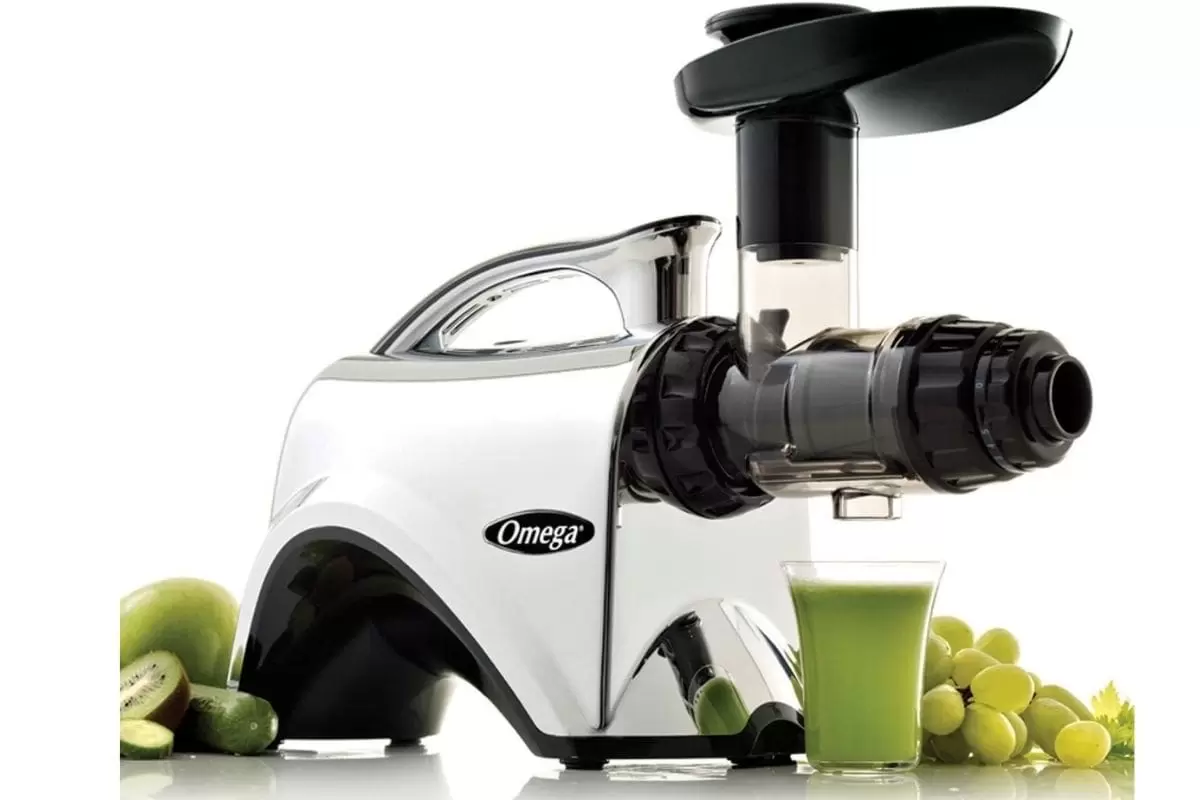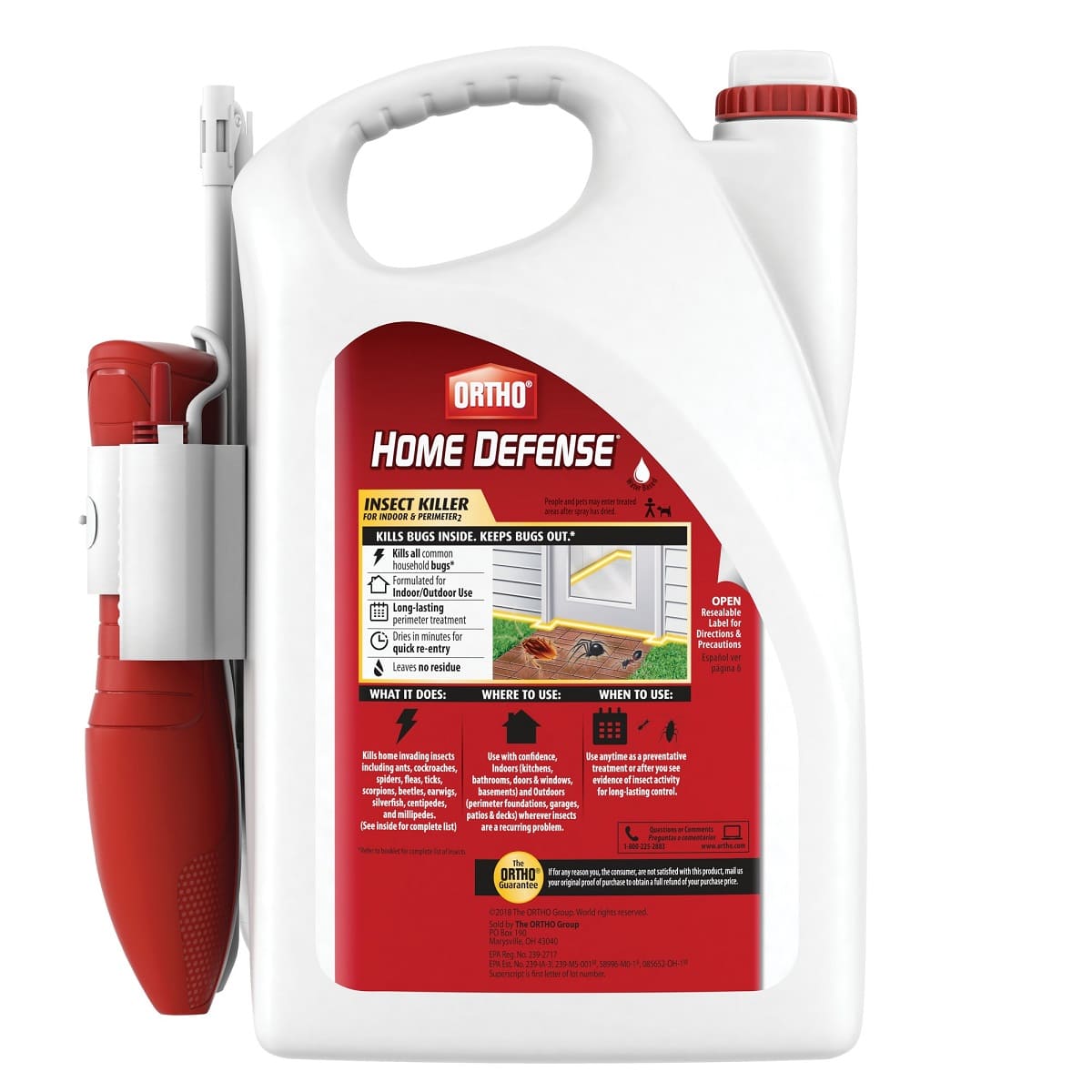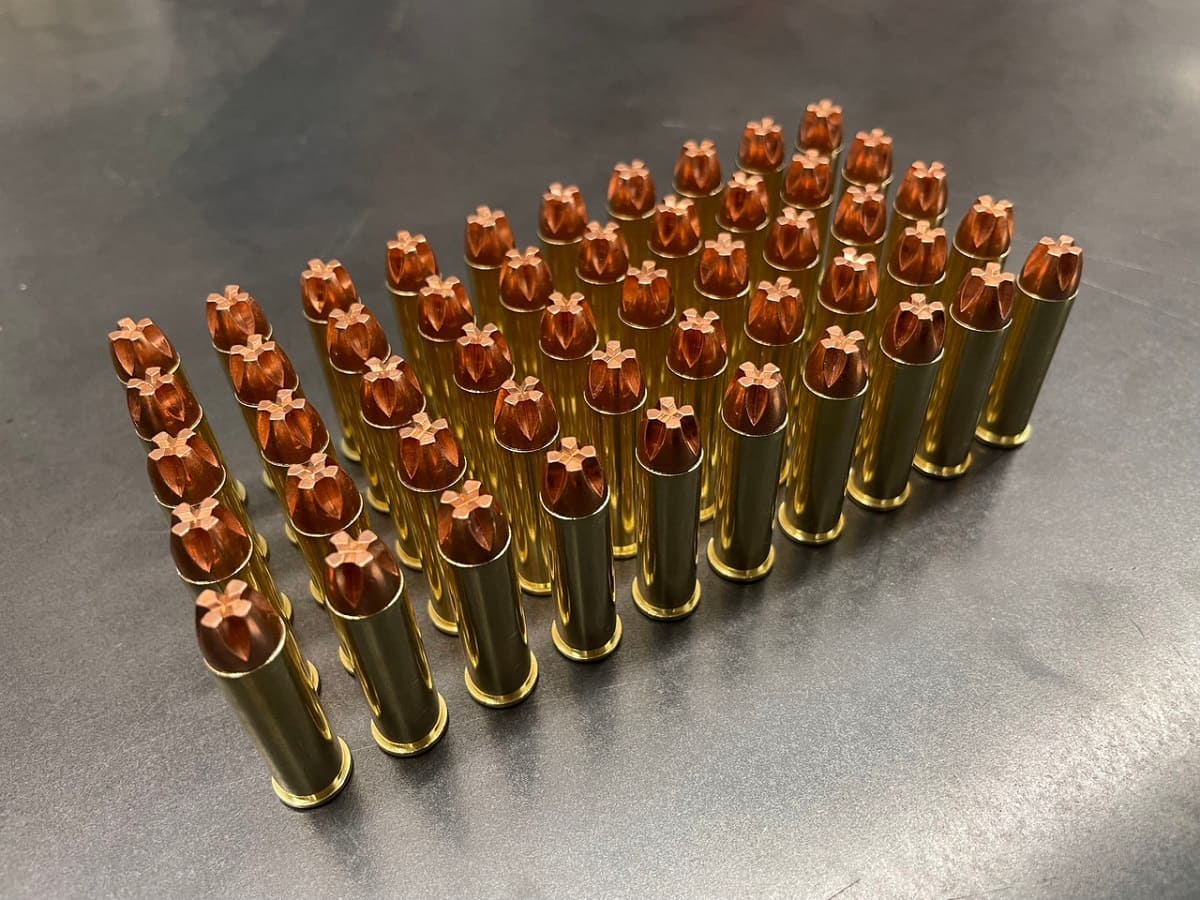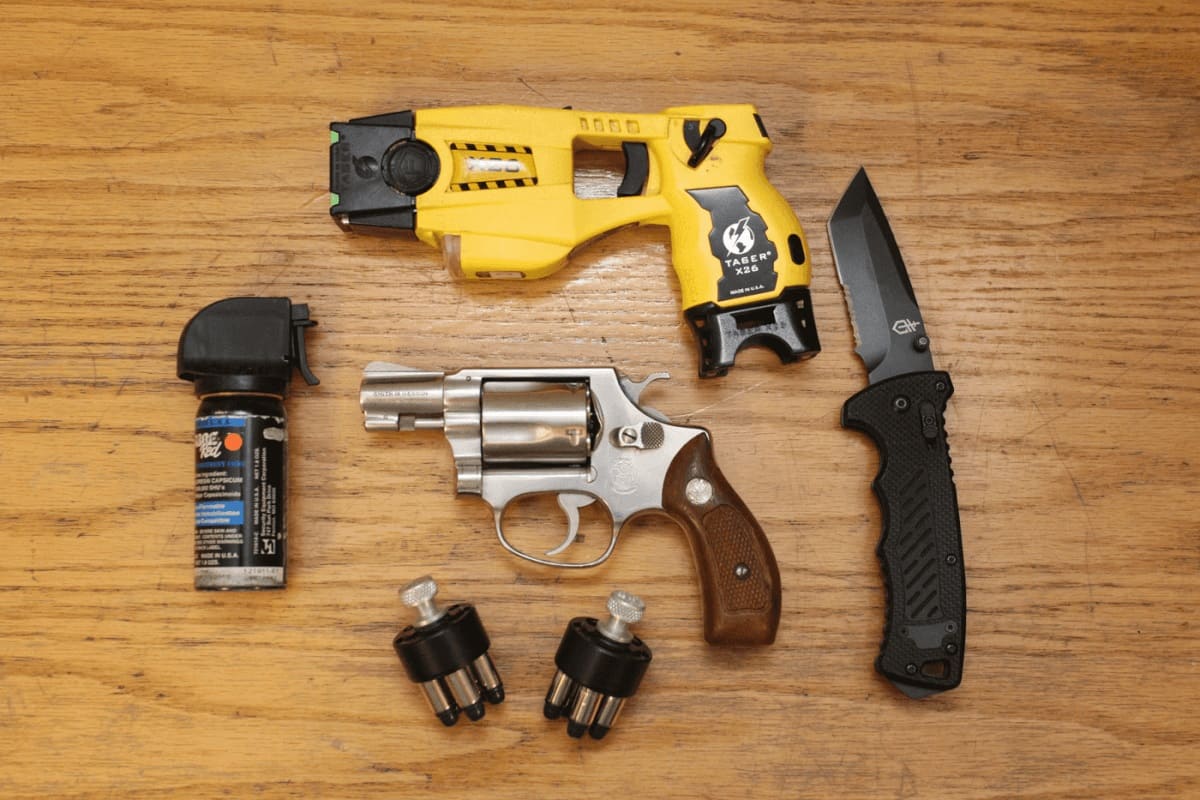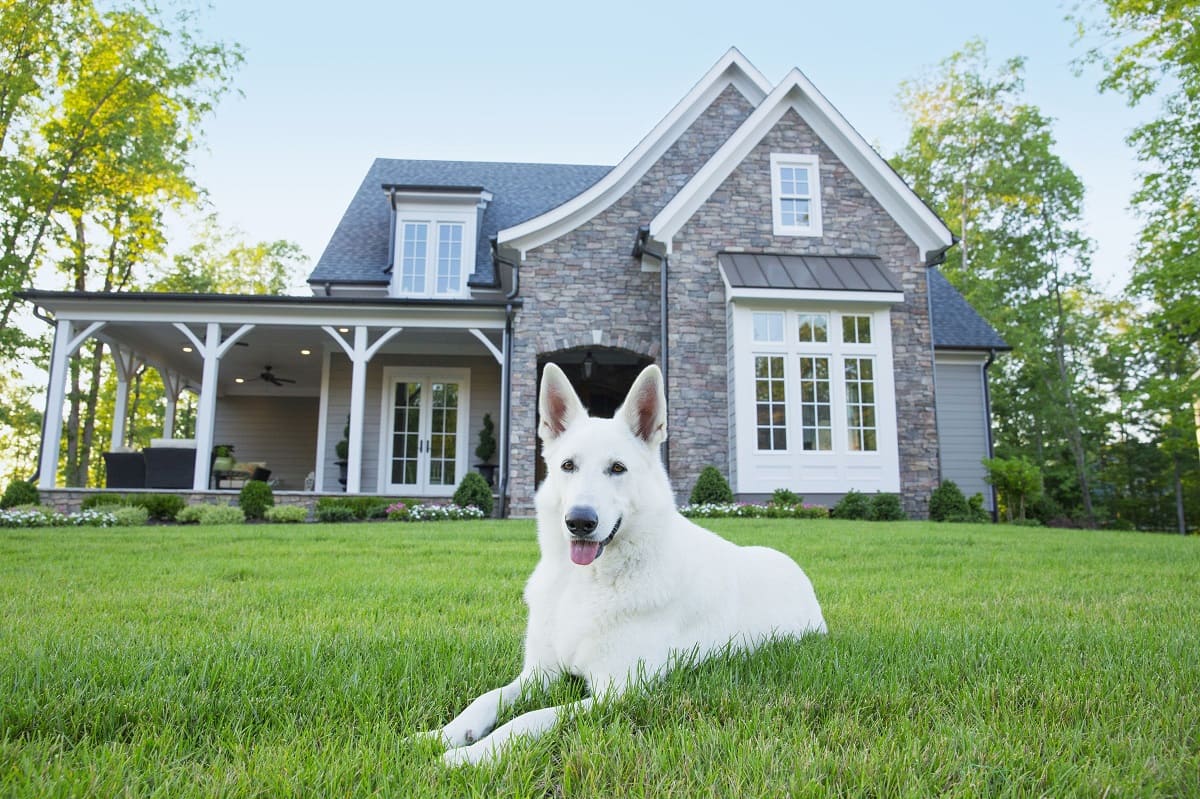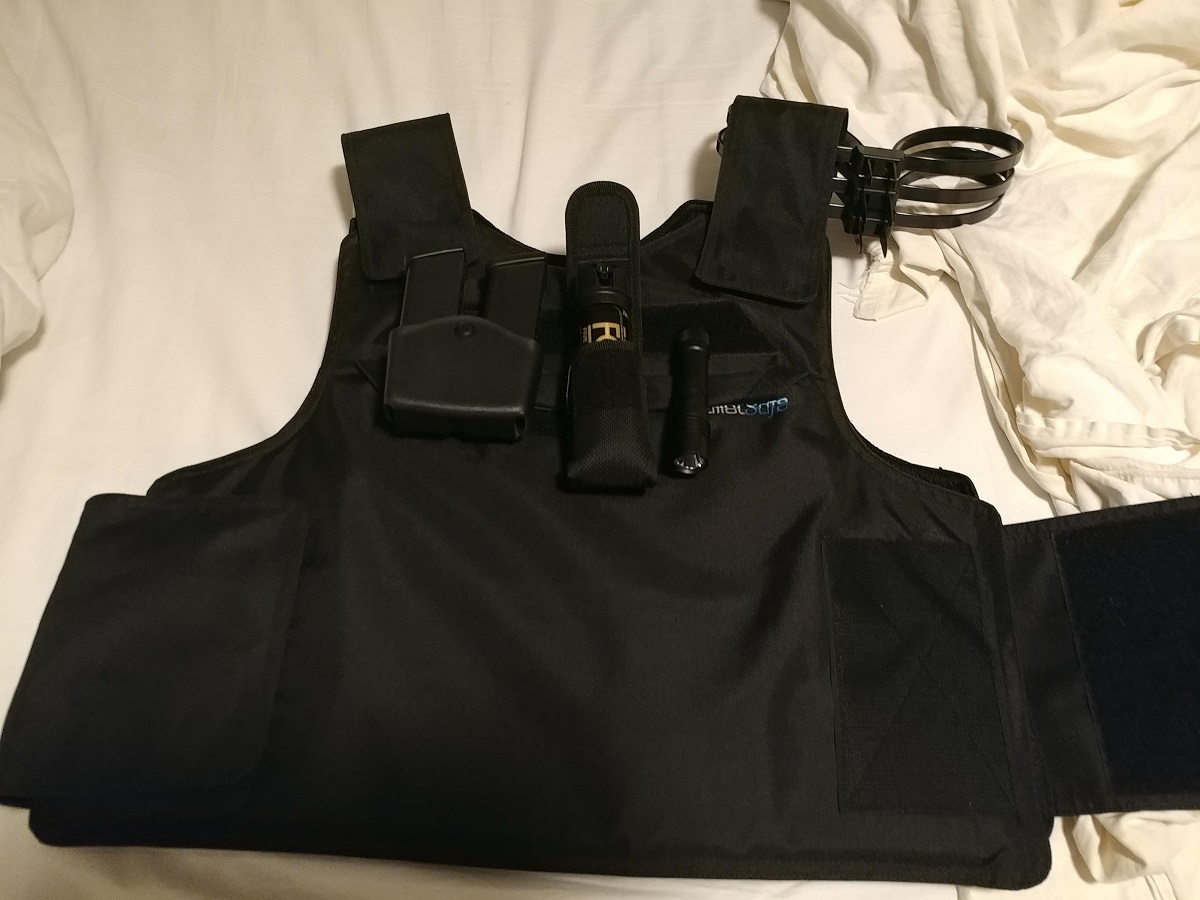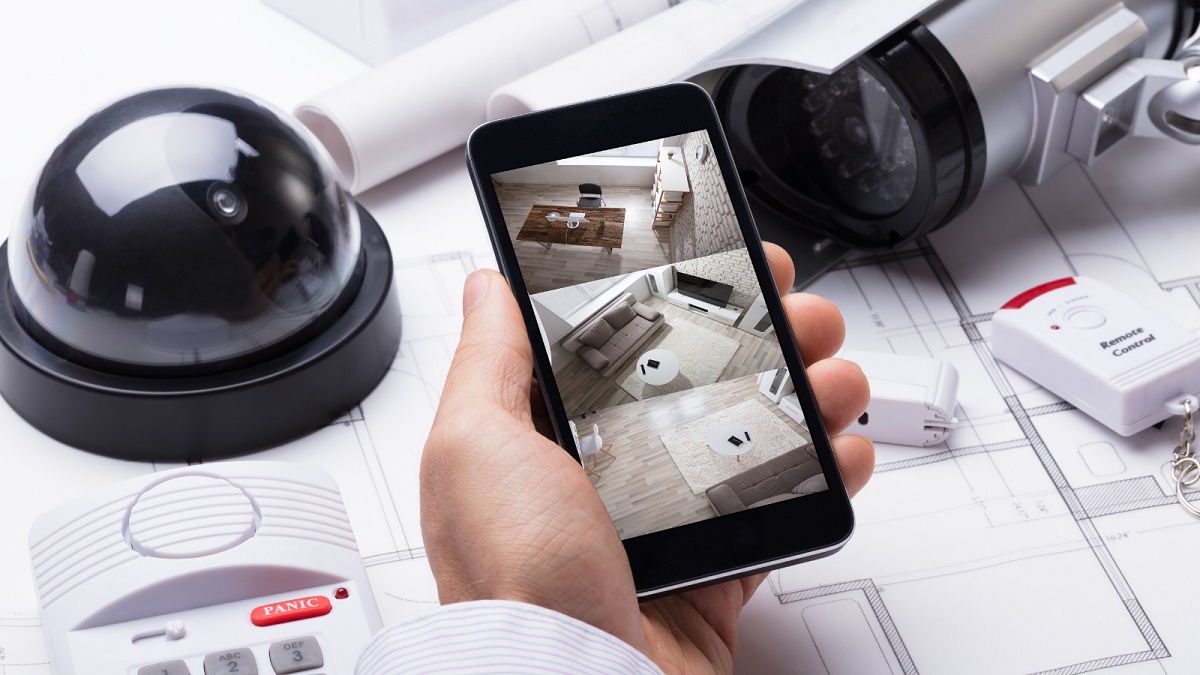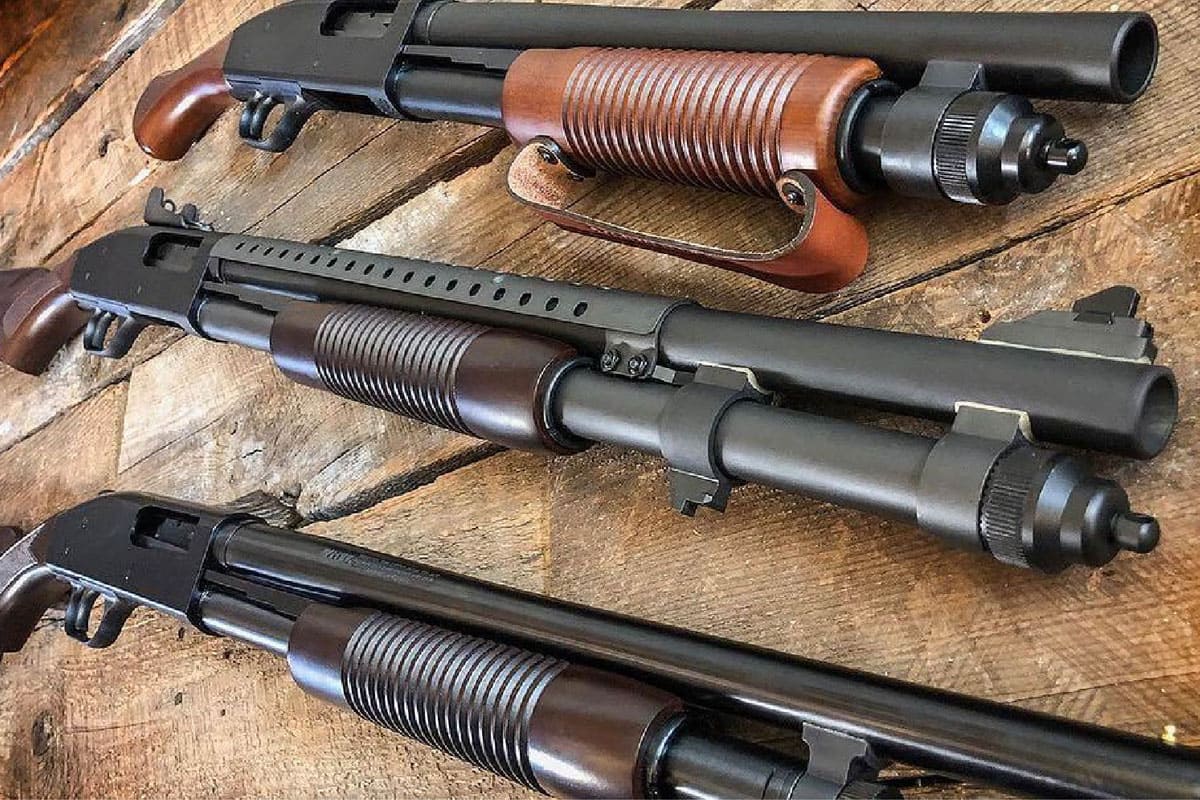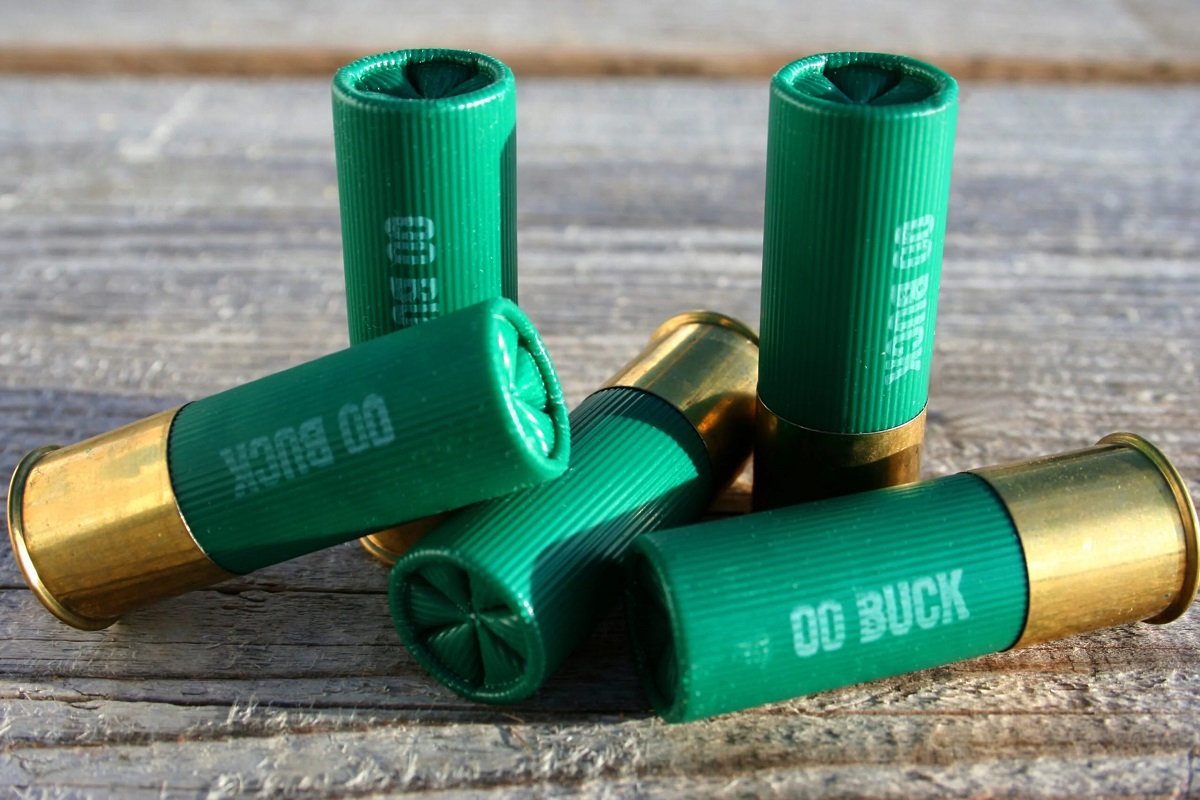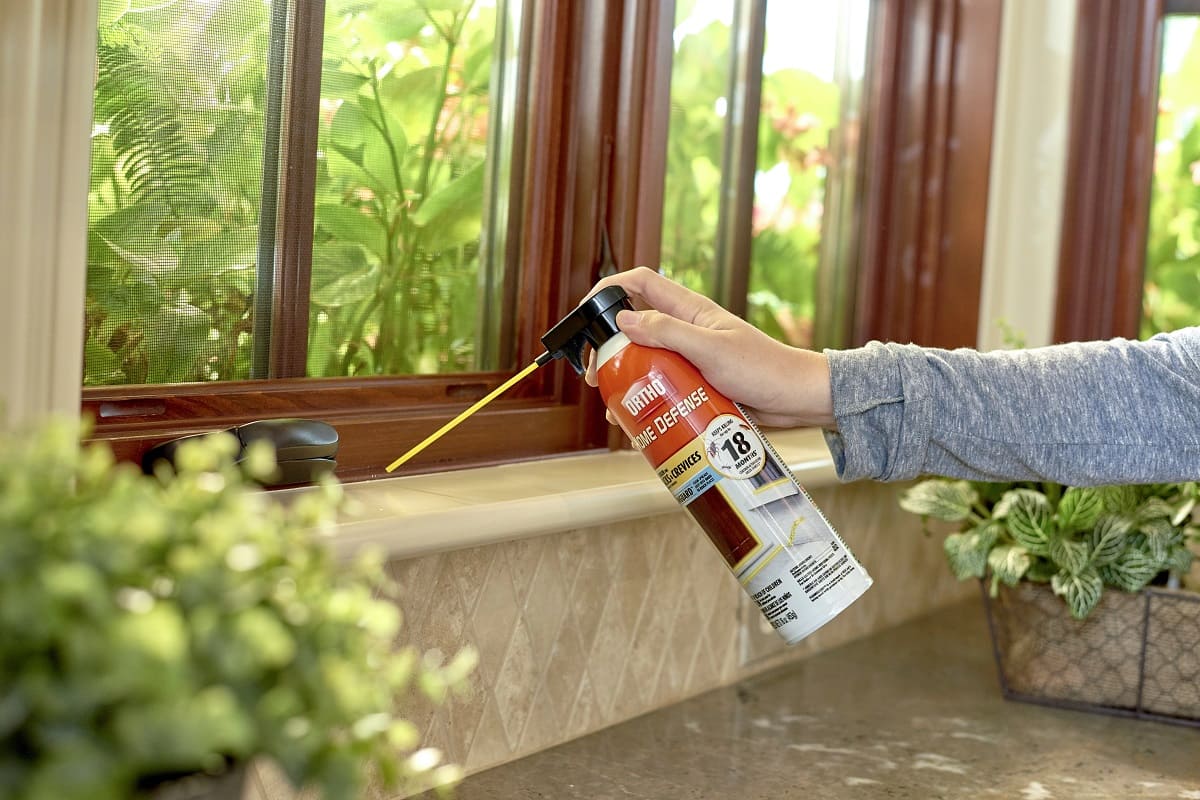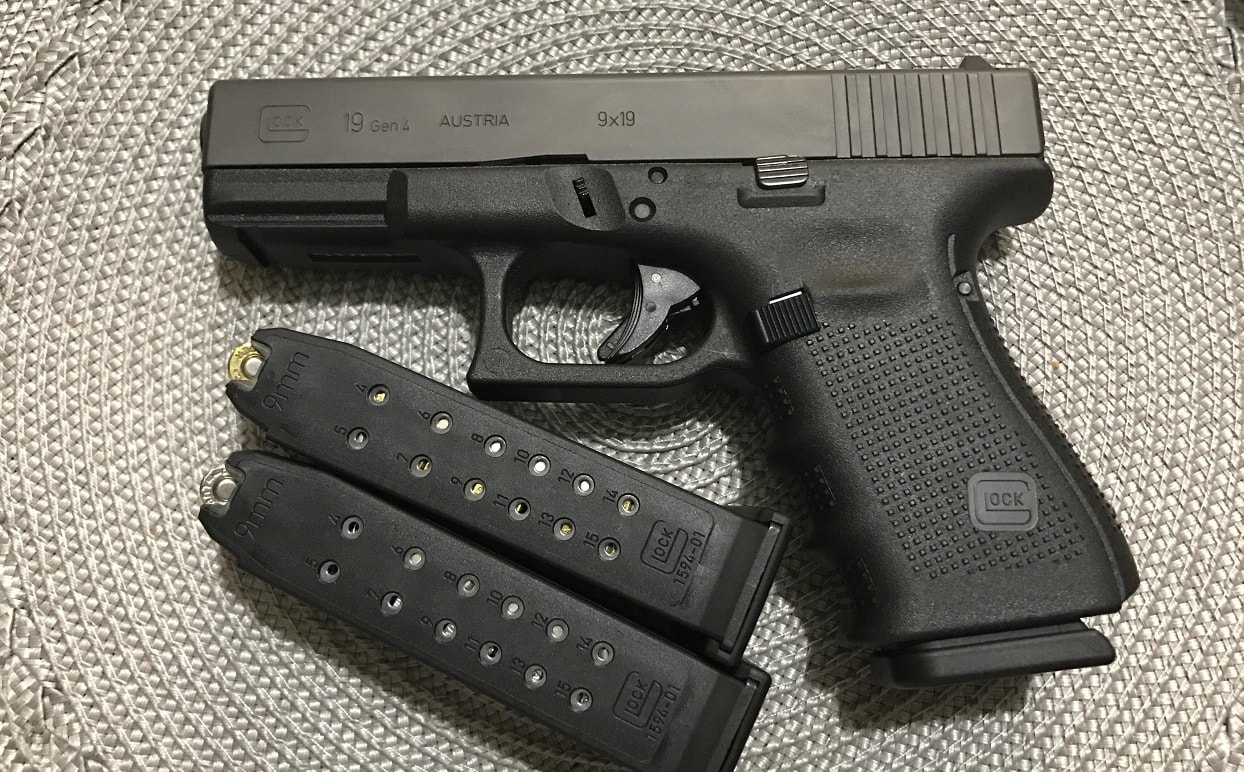Home>Home Security and Surveillance>What Does SWAT Recommend For Home Defense
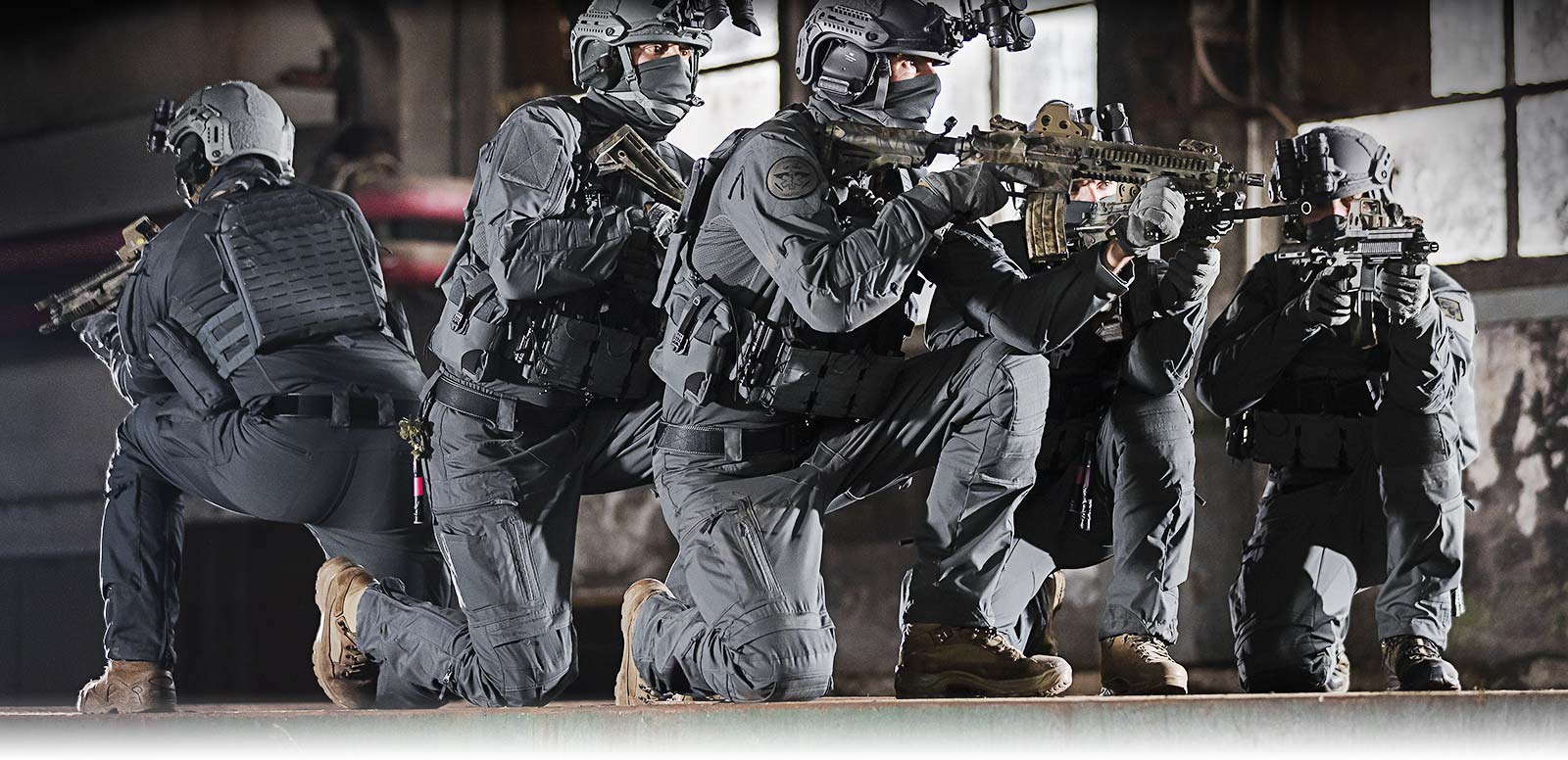

Home Security and Surveillance
What Does SWAT Recommend For Home Defense
Modified: March 6, 2024
Discover what SWAT guys recommend for home defense. Improve your home security and surveillance with their expert tips for maximum protection.
(Many of the links in this article redirect to a specific reviewed product. Your purchase of these products through affiliate links helps to generate commission for Storables.com, at no extra cost. Learn more)
Introduction
When it comes to the safety and security of our homes, there is no compromise. We want to ensure that our loved ones and our valuable possessions are protected from any potential threats. That’s why home defense is of utmost importance in today’s world. In this article, we will delve into the recommendations of SWAT (Special Weapons and Tactics) experts, who have undergone extensive training in handling high-risk situations. By understanding their insights and strategies, we can better equip ourselves to defend our homes effectively.
As a homeowner, you may be wondering why you should consider the advice of SWAT specialists. The answer lies in their rigorous training and real-world experience. SWAT teams are tasked with responding to the most dangerous and critical incidents, such as hostage situations, armed barricades, and high-risk arrests. Their training encompasses a wide range of tactics and techniques designed to mitigate risks and neutralize threats swiftly and effectively.
By gaining insights from SWAT professionals, we can benefit from their expertise and apply their recommendations to our own home defense strategies. Whether it’s choosing the right firearms for self-defense, implementing advanced home security systems, or enhancing overall security measures, these experts provide valuable guidance for protecting our homes and loved ones.
Join us as we explore the recommendations of SWAT specialists for home defense, empowering ourselves with the knowledge and tools to ensure the safety and security of our homes.
Key Takeaways:
- SWAT experts recommend assessing home vulnerabilities, investing in a security system, and practicing smart habits to protect loved ones and property effectively.
- Choosing the right firearm, safe storage, and enhancing overall security measures are crucial for creating a safe and secure home environment.
Importance of Home Defense
Our homes are more than mere physical structures; they are our sanctuaries, the places where we feel safest and most at ease. However, the unfortunate reality is that our homes can be targeted by criminals seeking to invade our privacy, steal our belongings, or cause harm to us and our loved ones. This is where the importance of home defense comes into play.
Having a robust home defense strategy not only provides peace of mind but also acts as a deterrent against potential threats. It creates a secure environment where we can live without constant fear or worry. By taking proactive measures to protect our homes, we send a clear message to would-be intruders that our properties are not easy targets.
Furthermore, home defense goes beyond protecting our physical belongings; it is about safeguarding our loved ones and ensuring their safety. Our homes are filled with cherished memories, irreplaceable heirlooms, and, most importantly, our family members. By implementing effective home defense measures, we create a fortified barrier between our loved ones and any potential danger.
Another crucial aspect of home defense is the need to be self-reliant. While authorities and emergency services play a crucial role in maintaining public safety, it is ultimately our responsibility to protect ourselves and our homes on a day-to-day basis. Being prepared and equipped with the right knowledge and tools empowers us to take immediate action in the face of a threat.
Moreover, investing in home defense is a long-term investment. By implementing security measures, such as installing surveillance cameras or reinforcing doors and windows, we increase the value of our properties. Potential buyers are often willing to pay a premium for homes that have advanced security features in place, as it provides them with peace of mind as well.
Ultimately, home defense is not just about physical barriers and advanced technology; it is about creating a sense of security and peace within our own living spaces. It allows us to enjoy the comfort and freedom of our homes, knowing that we have taken the necessary steps to protect the things that matter most to us.
Understanding SWAT Training
SWAT (Special Weapons and Tactics) teams are specially trained law enforcement units that are called in to handle high-risk situations that go beyond the capabilities of regular police officers. Their training is intense and comprehensive, equipping them with the skills necessary to handle dangerous and potentially life-threatening scenarios.
The training for SWAT members typically begins with a rigorous selection process. Candidates undergo physical fitness tests, psychological evaluations, and interviews to assess their suitability for the high-pressure and adrenaline-fueled nature of SWAT operations.
Once selected, SWAT members undergo extensive training in various areas, including firearms proficiency, close-quarters combat, tactical movement, hostage negotiation, breaching techniques, and more. They are trained to approach each situation with a strategic mindset, evaluating risks and making split-second decisions to protect innocent lives.
One crucial aspect of SWAT training is teamwork. SWAT members train extensively on coordinated group movements, communication strategies, and establishing command structures on-site. This emphasis on teamwork ensures a seamless coordination between team members in high-pressure situations, maximizing their effectiveness and minimizing the risk to themselves and others.
Additionally, SWAT teams often engage in realistic scenario-based training exercises. These exercises simulate real-life situations, allowing team members to practice their skills and decision-making in a controlled environment. By replicating the stress and uncertainty of live operations, SWAT members develop the ability to stay calm and focused amidst chaos.
SWAT training also covers important areas such as legal considerations, ethics, and the use of force. SWAT members are trained to adhere to strict protocols and guidelines to ensure they operate within the bounds of the law while still effectively neutralizing threats.
Overall, the training received by SWAT members is designed to prepare them for the most challenging and high-risk situations they may encounter in the line of duty. By understanding the level of expertise and the intense training that SWAT members undergo, we can appreciate the depth of knowledge and experience they bring to the table when it comes to home defense recommendations.
SWAT Guy’s Recommendations for Home Defense
When it comes to home defense, SWAT experts have invaluable insights and recommendations based on their training and experience. Here are some of the key recommendations they provide for protecting your home:
- Assess Your Home’s Vulnerabilities: Start by evaluating your home’s vulnerabilities and identifying potential entry points. Check your doors, windows, and other access points to ensure they are sturdy and secure. Consider reinforcing weak spots with additional locks or shatterproof glass.
- Invest in a Home Security System: A comprehensive home security system is a must-have. It should include features such as surveillance cameras, motion sensors, door/window sensors, and an alarm system. Opt for a system that provides professional monitoring services for added peace of mind.
- Secure Your Exterior: Outside lighting can be a powerful deterrent, particularly motion-activated lights that illuminate any suspicious movement. Trim landscaping near windows to eliminate potential hiding spots for intruders. Install sturdy fencing and consider adding prickly plants along your property perimeter.
- Practice Smart Habits: Develop good security habits, such as always locking doors and windows, even when you are at home. Use timers to control lights and electronics when you’re away to give the impression that someone is home. Avoid sharing too much personal information or travel plans on social media.
- Establish a Safe Room: Designate a safe room in your home where you and your family can retreat to in case of an intruder. Ensure it has reinforced doors, a means of communication, and supplies like food, water, and a first aid kit.
- Home Firearm Considerations: If you choose to own a firearm for self-defense, ensure that you receive proper training and familiarize yourself with local laws and regulations. Keep firearms securely stored in a biometric safe or lockbox to prevent unauthorized access.
- Consider Non-Lethal Options: Non-lethal self-defense options, such as pepper spray or a personal alarm, can be effective in deterring intruders and providing you with a means of protection without the potential legal and ethical implications of using lethal force.
- Community Engagement: Foster a sense of community by staying connected with your neighbors. Neighborhood watch programs and regular communication can help create a safer environment and provide an extra layer of security.
Remember, these recommendations are meant to serve as general guidelines. It’s important to assess your unique needs and circumstances to tailor your home defense strategy accordingly. By implementing these expert recommendations, you can better protect your home, loved ones, and peace of mind.
Armed Self-defense
Armed self-defense is a topic that often generates strong opinions and debates. While it is a personal choice whether or not to arm oneself for protection, it’s important to understand the considerations and responsibilities that come with this decision.
Armed self-defense refers to the use of a firearm or other lethal weapon as a means of protecting oneself or others from immediate harm. In some cases, having the ability to defend oneself with a firearm can be an effective deterrent and a last resort option in life-threatening situations.
Before considering armed self-defense, it is crucial to understand your local laws and regulations regarding firearm ownership, possession, and use. Familiarize yourself with the requirements for obtaining a firearm permit, undergo any necessary training, and ensure that you are in compliance with all legal obligations.
Choosing to arm yourself for self-defense brings with it significant responsibilities. It is essential to receive proper training in firearm safety, handling, and marksmanship. Regular practice at a shooting range can help maintain proficiency and confidence when handling a firearm.
Furthermore, armed self-defense requires a high level of situational awareness and judgment. Understanding the legal principles of self-defense, including when the use of force is justified, is crucial. Remember, the goal is to protect yourself or others from harm, and the use of deadly force should only be a last resort when all other options have been exhausted.
It’s important to note that arming oneself for self-defense is not the right choice for everyone. Some individuals may not feel comfortable handling firearms or may prefer non-lethal alternatives. Non-lethal self-defense options, such as pepper spray, stun guns, or personal alarms, can be effective in providing a means of protection without the potential consequences associated with using lethal force.
In any self-defense scenario, it’s essential to prioritize personal safety and the safety of others. Having a solid understanding of your local laws, receiving proper training, and considering all available options can help you make an informed decision about whether armed self-defense is the right choice for you.
Remember, self-defense is a complex issue, and it’s always advisable to consult with local authorities, legal professionals, and self-defense experts to ensure that you are well-informed and prepared to protect yourself and your loved ones in any potentially dangerous situation.
Consider investing in a sturdy deadbolt lock for your doors, reinforced strike plates, and security film for windows to make it harder for intruders to break in.
Choosing the Right Firearm
Choosing the right firearm for self-defense is a critical decision that requires careful consideration and research. There are several factors to take into account, including your personal preferences, physical ability, and the specific requirements of your intended use.
1. Purpose: Determine the primary purpose of the firearm. Will it be primarily used for home defense, concealed carry, or target shooting? This will help you narrow down the options and choose a firearm that is suitable for your intended use.
2. Caliber: Consider the caliber that fits your needs. Factors such as recoil, stopping power, ammunition availability, and magazine capacity should be taken into account. It’s important to strike a balance between manageable recoil and effective stopping power.
3. Size and Weight: Take into consideration the size and weight of the firearm. A larger, heavier firearm may be more difficult to conceal, but it can offer better recoil control and accuracy. A smaller and lighter firearm may be easier to carry, but it may have more recoil.
4. Ergonomics: Pay attention to the ergonomics of the firearm. Make sure it feels comfortable in your hand and that you can reach and operate the controls easily. Consider features such as grip texture, trigger reach, and adjustable sights to ensure a proper fit.
5. Safety Features: Evaluate the safety features of the firearm. Look for features like manual safeties, trigger safeties, and magazine disconnect safeties. These features can help prevent accidental discharges and add an extra layer of security.
6. Reliability and Durability: Research the reliability and durability of the firearm. Look for reputable brands that have a proven track record. Read reviews and seek recommendations from experienced firearm owners or professionals who have first-hand experience with the specific model.
7. Training and Familiarization: Consider the availability of training resources and ammunition for the chosen firearm. It’s essential to receive proper training and become familiar with the firearm’s operation and maintenance requirements.
8. Budget: Determine your budget range for purchasing a firearm. While it’s important to invest in a quality weapon, consider additional costs such as ammunition, holsters, accessories, and training fees.
Remember, selecting the right firearm is a highly personal decision. It’s essential to handle and test-fire different options whenever possible to ensure that you are comfortable and proficient with your chosen firearm. Consulting with firearms experts, instructors, or knowledgeable individuals can provide valuable insights and guidance in making an informed decision.
Finally, always prioritize safety and responsible firearm ownership. Adhere to all local laws and regulations, seek ongoing training, and store your firearm securely to prevent unauthorized access.
Safe Storage of Firearms
Properly storing firearms is a crucial aspect of responsible gun ownership. Safe storage not only helps prevent unauthorized access but also reduces the risk of accidents and keeps firearms out of the hands of children or individuals who should not have access to them. Here are some key practices for safe firearm storage:
1. Gun Safe: Investing in a high-quality gun safe is one of the best ways to securely store firearms. Choose a safe that is large enough to accommodate your collection and meets or exceeds industry standards for security. Look for safes with solid construction, pry-resistant doors, and reliable locking mechanisms.
2. Locked Container: If a gun safe is not immediately feasible, consider using a locked container as a temporary storage solution. This can be a locked gun case, a lockable drawer, or a lockable cabinet. Ensure that only authorized individuals have access to the keys or combination.
3. Ammunition Storage: Keep ammunition stored separately from firearms. Storing ammunition in a locked container or a separate secured location adds an extra layer of safety. It’s important to note that some places may have legal requirements for storing ammunition, so familiarize yourself with the local regulations.
4. Trigger Locks and Cable Locks: Utilize trigger locks or cable locks to prevent the firearm from being discharged. These locks prevent the trigger from being pulled and can be an additional safety measure when storing firearms, especially when they are not inside a locked container.
5. Educate Family Members: Teach family members, especially children, about firearm safety and the importance of never touching or handling firearms without proper supervision. Reinforce the concept of treating every firearm as if it is loaded, even if they believe it is not.
6. Secure Mounting: For larger firearms or those intended for home defense, consider securely mounting them to a wall or inside a locked gun rack. This prevents unauthorized handling and ensures quick and easy access when needed.
7. Firearm Disassembly: Consider disassembling the firearm and storing the parts separately. This can be an additional precautionary measure, especially if you have small children in the house. Ensure that all parts are securely stored and properly reassembled when needed.
8. Record Keeping: Maintain a comprehensive inventory of your firearms, including serial numbers, models, and any relevant documentation. This record can be helpful for insurance claims, law enforcement, or in case of loss or theft.
Remember, safe storage is crucial for responsible gun ownership. It is not only a legal and moral obligation but also a means of preventing tragic accidents and unauthorized access to firearms. By following these practices, you can ensure the safety of your loved ones and contribute to a safer environment.
Home Security Systems
Home security systems play a vital role in protecting our homes and providing peace of mind. They offer a comprehensive approach to home defense by combining advanced technology, surveillance, and professional monitoring services. Here are the key components and benefits of a modern home security system:
1. Alarm System: The alarm system is the core of any home security system. It consists of sensors placed on doors, windows, and other access points. When a sensor detects unauthorized entry, it triggers an alarm, alerting occupants and potentially scaring off intruders.
2. Surveillance Cameras: Surveillance cameras are a critical component of a home security system. They provide a visual record of any activity around your property, acting as a deterrent and aiding in identifying potential intruders. Modern surveillance cameras offer high-definition video quality and can be accessed remotely via smartphone or computer.
3. Motion Sensors: Motion sensors detect movement within specific areas of your home or property. They can trigger an alarm, activate cameras, or turn on lights to deter potential intruders. Motion sensors can be particularly effective for outdoor security, especially when combined with smart lighting systems.
4. Doorbell Cameras: Doorbell cameras have gained popularity in recent years. They provide a live video feed of your front door, allowing you to see and communicate with visitors remotely. Doorbell cameras also act as a deterrent to unwanted solicitors or potential burglars.
5. Glass Break Sensors: Glass break sensors are designed to detect the sound frequency of breaking glass. They are typically placed near windows or glass doors and can trigger an alarm if an intruder attempts to break into your home by shattering the glass.
6. Fire and Carbon Monoxide Detectors: Many modern home security systems include fire and carbon monoxide detectors. These devices can detect the presence of smoke or dangerous levels of carbon monoxide and sound an alarm or notify emergency services, potentially saving lives.
7. Professional Monitoring: Professional monitoring services provide an extra layer of security. When an alarm is triggered, the monitoring service is notified, and they can contact the homeowner to verify the situation or directly contact emergency services if necessary.
8. Smart Home Integration: Home security systems can seamlessly integrate with other smart home devices and platforms. This allows you to control and monitor your security system from your smartphone, tablet, or through voice commands. You can remotely arm/disarm the system, receive real-time alerts, and even integrate it with other smart devices like smart locks or smart lighting.
Modern home security systems offer various customizable features and options to fit the unique needs of each homeowner. Whether you choose a professionally monitored system or a self-monitored system, investing in a home security system helps deter criminals, provides a sense of security, and allows you to actively protect your home and loved ones.
Enhancing Home Security Measures
While a home security system is a crucial component of securing your home, there are additional measures you can take to further enhance your overall home security. By implementing these additional measures, you can create multiple layers of protection and deter potential intruders. Here are some ways to enhance your home security:
1. Reinforce Doors and Windows: Install sturdy doors made of solid wood or metal and reinforce them with deadbolt locks. Consider adding security film or laminated glass to windows to make them more resistant to forced entry.
2. Install Outdoor Lighting: Adequate outdoor lighting acts as a deterrent by reducing hiding spots for potential intruders. Install motion-activated lights near entrances, driveways, and any dark areas around your property.
3. Landscaping: Maintain your landscaping to eliminate potential hiding spots near windows and entry points. Trim bushes and shrubs to prevent creating blind spots where intruders can lurk unnoticed.
4. Secure Gates and Fences: Ensure that gates and fences are in good condition and properly secured. Consider adding locks or electronic access control systems for added security.
5. Neighborhood Watch: Participate in or establish a neighborhood watch program. This creates a strong sense of community and encourages neighbors to look out for one another.
6. Home Automation: Utilize home automation technology to simulate occupancy while you’re away. Program lights, TVs, or radios to turn on and off at scheduled intervals to give the appearance that someone is home.
7. Secure Valuables: Keep valuable items out of sight from windows. Consider using a safe to store important documents, jewelry, and other high-value items.
8. Know Your Neighbors: Develop a relationship with your neighbors and establish trust. Alert each other of any suspicious activities or unexpected visitors, fostering a vigilant community.
9. Personal Safety Measures: Implement personal safety measures such as creating a safety plan with your family, rehearsing emergency procedures, and ensuring that everyone knows how to contact emergency services.
10. Stay Vigilant: Remain alert to your surroundings and maintain a cautious attitude. Report any suspicious activities to the local authorities and encourage your neighbors to do the same.
Remember, no security measure can guarantee 100% protection, but by implementing multiple layers of security, you can greatly reduce the risk of a potential break-in or intrusion. Assess your home’s vulnerabilities, consult with security professionals, and make a concerted effort to continuously improve your home security measures.
Read more: What Does Home Defense Kill
Conclusion
Ensuring the safety and security of our homes is a top priority for every homeowner. By adopting the recommendations of SWAT experts and implementing a comprehensive home defense strategy, we can protect our loved ones and our valuable possessions with confidence.
SWAT professionals undergo rigorous training and possess a wealth of knowledge and experience in handling high-risk situations. Their insights provide valuable guidance on various aspects of home defense, from understanding their training and tactics to choosing the right firearms and enhancing overall security measures.
Incorporating a home security system is a fundamental step in safeguarding your home. With advanced technology and professional monitoring services, these systems act as a robust defense mechanism against potential threats. However, it’s important to remember that a security system is just one component of a comprehensive approach to home defense.
By reinforcing doors and windows, installing outdoor lighting, and maintaining good relationships with neighbors, we can create multiple layers of protection. Investing in home security measures and practicing smart habits can significantly reduce the risk of a potential break-in or intrusion.
It’s crucial to approach armed self-defense with caution and responsibility. Understanding local laws, receiving proper training, and considering non-lethal alternatives are important factors to consider when making personal choices regarding self-defense.
In conclusion, by combining the insights of SWAT professionals with our own understanding of our homes and communities, we can create a safe and secure environment for ourselves and our loved ones. Home defense is a continuous process, requiring regular evaluation and improvements. By staying informed, proactive, and vigilant, we can achieve peace of mind and confidently protect what matters most.
Frequently Asked Questions about What Does SWAT Recommend For Home Defense
Was this page helpful?
At Storables.com, we guarantee accurate and reliable information. Our content, validated by Expert Board Contributors, is crafted following stringent Editorial Policies. We're committed to providing you with well-researched, expert-backed insights for all your informational needs.
